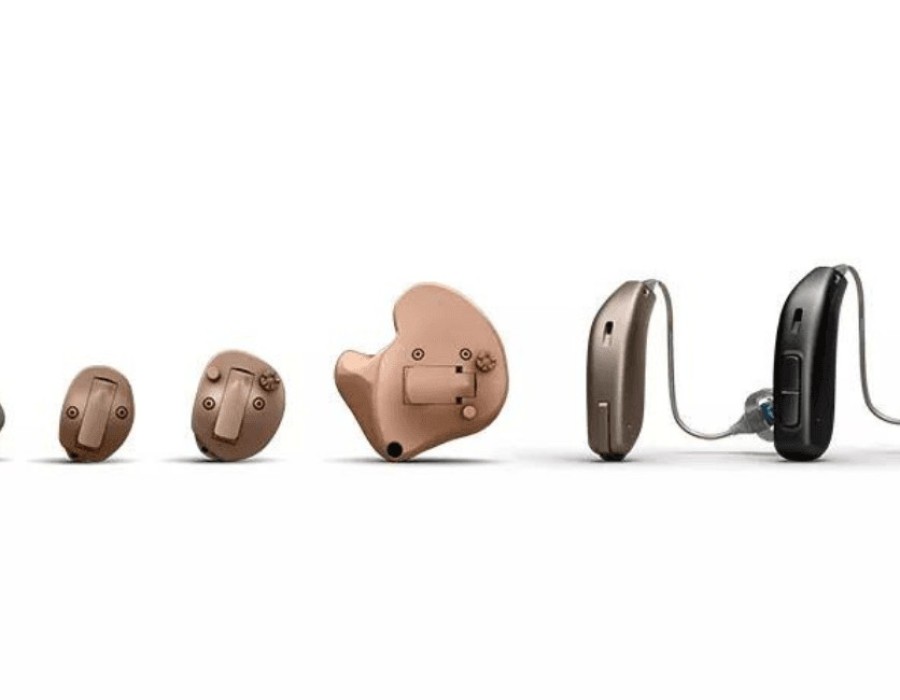Digital hearing aids adjust to different listening environments primarily through the use of sophisticated signal processing technologies.
Here are the key features and technologies that enable this adaptive capability:
- Automatic Environmental Detection: Modern digital hearing aids are equipped with microphones that continuously sample the sounds in the environment. These microphones pick up various acoustic cues, such as speech, background noise, and quiet environments.
- Signal Processing Algorithms: Advanced algorithms analyze the incoming sound signals in real-time. These algorithms can distinguish between different types of sound environments, such as quiet settings, noisy restaurants, or outdoor environments.
- Adaptive Directionality: Many digital hearing aids in prayagraj have directional microphones that can focus on sounds coming from a specific direction, such as the front where speech typically comes from. The hearing aid can automatically switch between different microphone modes (omnidirectional vs. directional) based on the detected environment to improve speech clarity.
- Noise Reduction: Digital hearing aids employ noise reduction algorithms to suppress unwanted background noise while preserving speech signals. The algorithms can adjust the level of noise reduction depending on the level of background noise detected.
- Feedback Management: Feedback (whistling or squealing sounds) can occur in hearing aids, especially at higher volumes. Digital feedback cancellation systems can identify and reduce feedback in real-time.
- Speech Enhancement: Some hearing aids have features that enhance speech clarity by emphasizing the frequencies associated with speech sounds. This can improve the understanding of speech in noisy environments.
- User Preferences and Manual Adjustments: Many digital hearing aids also allow users to manually adjust settings through smartphone apps or accessory devices. Users can personalize their hearing aid settings for specific environments or activities.
These technologies work together to create a seamless and adaptive listening experience for hearing aid users. The real-time processing and adaptive capabilities of digital hearing aids significantly improve speech intelligibility and overall sound quality in diverse listening situations.





Comments